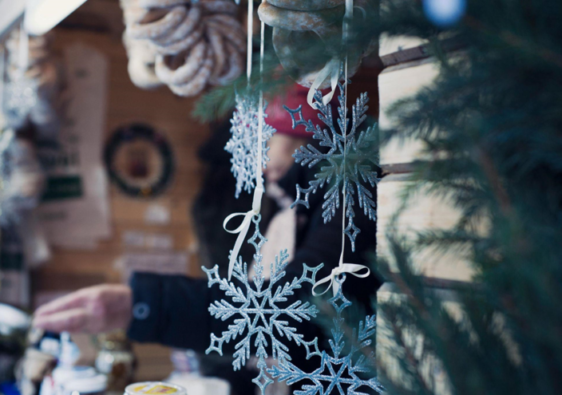Christmas is a time for joy, laughter, and cheer, and for many, the shimmering decorations of a Christmas tree are at the core of these festivities. Some people cherish the age-old tradition of hand-selecting and buying a fresh-cut tree, while others prefer the convenience of artificial trees. Though it ultimately comes down to personal preference, let us explore the pros and cons of using artificial Christmas trees.
Pros of Artificial Christmas Trees
1. Cost-Effectiveness
One of the most significant advantages of artificial Christmas trees is their cost-effectiveness. Though the initial investment may be higher than purchasing a fresh tree, buyers save money in the long run by using it for several years. A good-quality artificial tree can last up to 20 years, making it a wise and economical choice for those who celebrate the holiday annually.
2. Low Maintenance
An artificial tree does not require the level of care and attention that a real tree demands. There are no worries about watering, dead branches, or sap. Artificial trees also do not shed needles, which makes for a cleaner and tidier home during the festive season.
3. Allergen-free Environment
Some people may have allergies or sensitivities to real Christmas trees, which can lead to watery or itchy eyes, sneezing, and skin rashes. In such cases, an artificial tree is a safe and allergen-free option, allowing everyone to enjoy the decorations without sacrificing their health and comfort.
4. Consistent Appearance
An artificial Christmas tree guarantees a perfect, symmetrical appearance that does not change throughout the festive season. It also offers various styles, colors, and sizes to choose from, making it easier for shoppers to find the ideal tree that suits their needs and taste.
5. Focus on Safety
Some artificial trees come pre-lit with LED lights, eliminating the need to untangle and string additional lights onto the tree. LED lights emit less heat, reducing the risk of potential house fires. Additionally, artificial trees are often made from flame-retardant materials, further ensuring your family’s safety during the holidays.
Cons of Artificial Christmas Trees
1. Environmental Impact
One of the major disadvantages of artificial trees is the negative impact on the environment. Most artificial trees are made from PVC (polyvinyl chloride), a petroleum-derived plastic that is difficult to recycle and can release harmful chemicals during the production process. Furthermore, the majority of artificial trees are manufactured overseas, increasing their carbon footprint due to shipping and transport.
2. Lack of Authenticity
For some, the essence of the holiday season is encapsulated by the sight and scent of a natural Christmas tree. The aroma of pine and the unique appearance of each tree branch add to the authenticity of the celebrations. Artificial trees, despite their realistic design, may not invoke the same emotions and memories.
3. Storage and Assembly
Unlike real trees, artificial trees need to be stored and protected throughout the rest of the year, often requiring considerable space for preservation. Additionally, the assembly and disassembly process can be cumbersome, involving multiple components and sections that need to be connected and fluffed into shape.
In conclusion, the decision to opt for an artificial Christmas tree depends on various factors, such as cost, convenience, allergies, and the individual’s personal connection to the holiday tradition. Both options have their advantages and disadvantages, but the key is to choose the one that brings the most joy and warmth to your home during the festive season.



